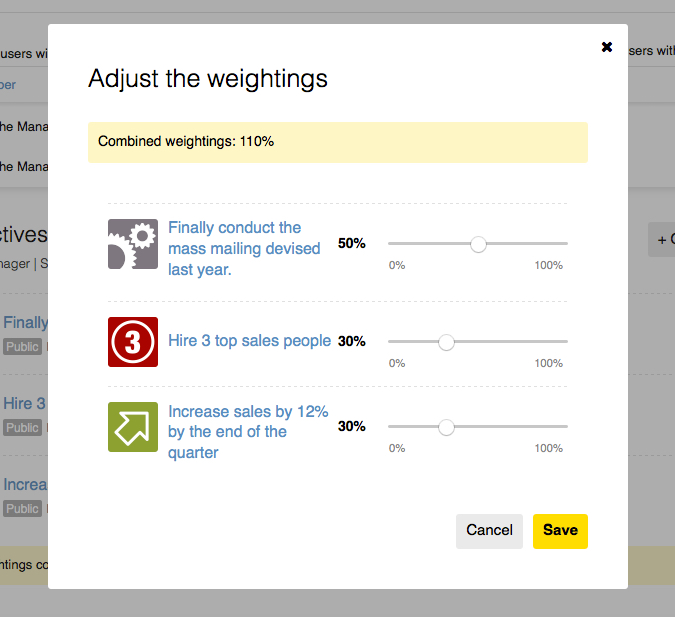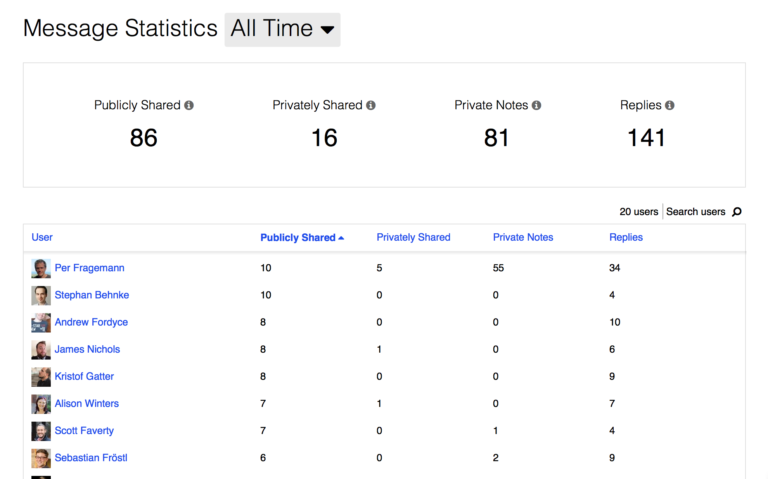Guest blog post by Beth Steinberg. Beth has over 18 years of experience in organization development, talent strategy, and leadership development. Her focus has been to help leaders and companies with complex organizational and growth issues. Beth focuses on driving useful employee programs, leadership coaching, executive development and organizational development.
Few concepts in psychology are written about more uncritically and incorrectly than that of feedback. Actually, feedback is only information, that is, data, and as such has no necessary consequences at all. – Latham & Locke
In addition to the typical employee performance review, 360 feedback has continued to gain popularity over the years. Once a process used only for senior executives, new technologies and transparent company cultures have propelled the process to include many levels of the organization. While much of this change is positive, there are many things to think about when you embark upon a 360 feedback process for your team.
Traditionally we do 360s for the following reasons:
- In order to gain insight into how the employee is perceived throughout the organization, including by peers, key stakeholders, and direct reports, as part of a company feedback process. This feedback can also serve as a way to provide upward feedback on a manager.
- As an intervention designed to look at an employee’s performance when the manager has a concern that the employee is not performing well, does not align with the values and behaviors of the company, or to gather data on a specific issue.
- To gather feedback to help the person succeed and develop in their career for development purposes.
During my career, I’ve observed many different reactions to the 360-degree feedback process. Many times, I’ve seen 360s go well, and watched the employee benefits from the process. I’ve also seen the opposite. Occasionally, I’ve seen total denial and a lack of trust in the feedback and the process, especially if used as an intervention when the manager was looking for negative feedback. The reaction has depended on why the 360 was being done, how it was delivered, and what happened after the feedback was given.
When is 360 feedback a good option?
When feedback is about helping people succeed
What is the purpose of giving someone feedback at work? Unless someone is underperforming, the purpose of giving someone feedback is to bring awareness to an area so the employee can know they are doing something well, or work to improve or change something. For a company to achieve results, leaders need to work together with their employees to support them so they can perform as best as they can. With this in mind, the spirit of feedback should be to help people succeed, not as a performance intervention.
When you have collaborative teams
By using a 360 review process, employees get a broader perspective of how their performance is viewed across the organization. This type of feedback is helpful when the employee partners with other groups and works as part of a team. Done with care, it can also be a way to understand the effectiveness of a leader. A well-run 360 should not be a random selection of people. It should be feedback providers who truly understand how the employee is performing, people who the employee trusts and know that feedback is about helping people succeed.
When employees are open to feedback
If you think using 360 feedback will make a positive impact, make sure you set-up the process to make the outcome as positive as possible. There are conditions that allow us to take in feedback in a way that helps the receiver truly “hear” the feedback. Making sure you are not putting the person in a threat state or causing employees to be defensive from the start, is critical. Employees who are open to feedback and trust their co-workers, tend to view feedback as something positive, not as a fishing expedition to find something negative. 360 feedback is not a path to corrective action.
360 feedback and the brain
There is an increasing amount of research on the work and the brain. Our modern workforce consists of knowledge workers; or positions that handle a great deal of information. Much of the research on how to lead and motivate people is outdated and no longer relevant. However, there is a growing field that looks at how the brain works and how the brain impacts how we work.
David Rock, who coined the term neuroleadership, and has studied the brain at work. Rock developed the SCARF model as a methodology to think about what factors can impact how people react. The model consists of five organizational factors that have an immense, but often unnoticed, impact on people that causes people to have a threat or reward response to situations.
What is SCARF?
Status – the perception of being considered better or worse than others
Certainty – the predictability of future events
Autonomy – the level of control people feel over their lives
Relatedness – the experience of sharing goals with others
Fairness – experiencing respectful and equitable treatment, especially compared with others
Keeping people out of those negative thought patterns during the 360 process will up the odds of helping the employee learn and grow rather than shut down as they hear feedback. Matthew Lieberman, a researcher at UCLA and author of Social: Why Our Brains are Wired to Connect says that the human brain is a social organ. Its physiological and neurological reactions are directly and profoundly shaped by social interaction.
Lieberman says, “Most processes operating in the background when your brain is at rest are involved in thinking about other people and yourself.” This presents enormous challenges to managers. Although a job is a place where people go to make money, the brain experiences the workplace first and foremost as a social system.
How leaders ensure employees accept feedback
As a leader, there are steps you can to take to set up the process in a way that makes a positive impact and helps employee accept feedback and come up with ways to keep doing what is working and figure out how to change behavior and learn new skills. If the employee understands there is a positive intention, it should help manage their SCARF response, or sense of threat rather than reward.
It is also critical to set expectations with your team on the steps involved with the 360. They should know what to expect before, during and after the 360. Make your team part of the decision-making process, and be open to answer questions and take feedback yourself. Going on this journey together will build trust and produce a better outcome.
Helping your team learn and grow from a 360 process
Focusing on positive and developmental feedback
Check that your intent for the 360 is helping your employee learn and grow. In my opinion, a 360 is not useful for any punitive or corrective action. There are better methods for dealing with someone who is underperforming. The questions are set up in a way that illustrates what the person is doing well, and not to focus on the negative. Feedback on what can be improved, a skill that can be developed, or other areas to grow should be relevant to their job, clear, actionable, and not personal.
Everyone can improve on something, but make sure it is relevant and that hearing the feedback will make a difference to the person and to business results. It is important to remember that the employee needs to choose to make a change in their behavior or improve. Formulating the feedback in a way that helps them understand the why is critical for them to think about what they could do differently.
Selecting 360 feedback providers
I recommend that the selection of the feedback providers should be a joint process between the manager and the employee, not dictated by the manager. It is crucial the employee trusts who is giving the feedback, or they may not fully accept what they hear. Our goal should be to get the best out of all of our people and help them gain awareness and improve their performance.
Following up on 360 feedback
One of the frequent missteps in 360s is a lack of follow up after receiving feedback. For areas where the employee is excelling and areas where they need to gain more competence, they need follow-up and support. If they need to modify behavior, they need to understand what they are doing, what the impact is, and choose to do something different. A development plan, to help them take progressive steps to improve, which the employee owns, supported by the manager.
Letting the employee think through what they want to do to continue to learn, change behavior, and gain competencies will be more likely to stick if the employee comes up with their ideas first. Using their own thinking will create ownership and commitment to the plan.
Embedding 360s in your company’s feedback culture
One of the most important factors is your company’s support of feedback. Some company cultures support feedback and others do not. A feedback culture is a fairly nebulous concept, but in my experience, it can include the following things:
- CEO and senior leaders modeling receiving feedback and giving feedback in a supportive way
- company-supported training and development on feedback and communication
- managers taking the time to support the development of their employees
- a culture that recognizes the importance of great people leaders to drive the business results.
Hearing people’s feedback about your employee is one piece of data. A skilled leader will take that feedback, combined with their observations and judgment to truly assess an employee’s performance and their potential.
In the right circumstance, with the right culture, set and support, a 360 feedback process is a powerful tool. Make sure you think through these factors before you decide how to run peer feedback for your team and your company.
Beth Steinberg is the Founder of Mensch Ventures, a People and Talent Advisory Firm.



